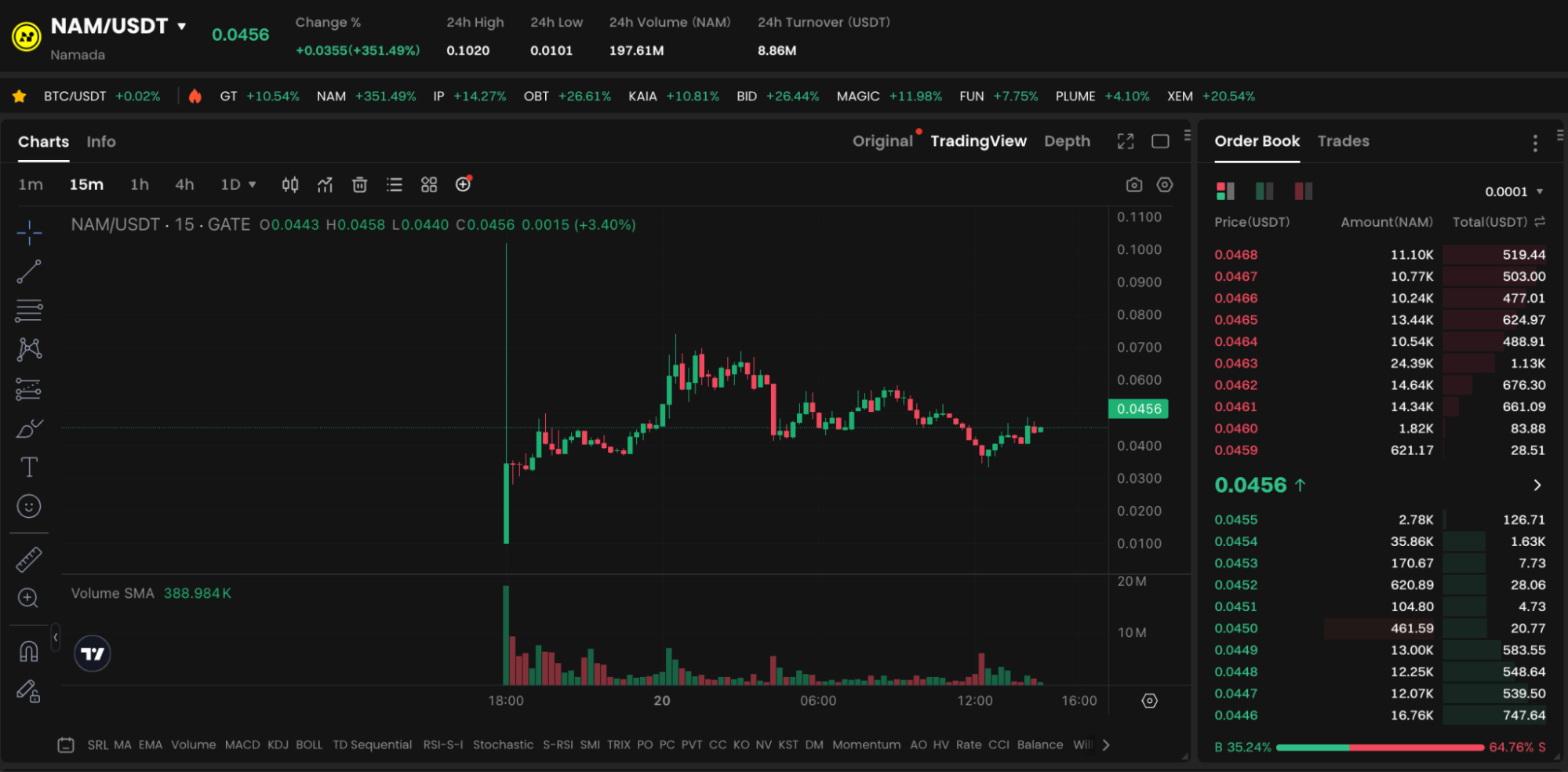Why Is Namada Called the Privacy Version of IBC? Unveiling the Technology Behind Cross-Chain Privacy Protocols
The background of Namada’s birth and its development vision
The emergence of Namada is no coincidence. In today’s world where multi-chain interoperability is becoming increasingly frequent, the data transmission between chains is almost completely transparent, making it easy to track users’ behavioral patterns. This could pose risks in various fields such as DeFi, NFTs, and authentication.
To address this issue, Namada has emerged – it is not just a simple “privacy coin,” but a privacy foundation layer designed specifically for the multi-chain ecosystem, aimed at providing a reusable privacy mechanism for various on-chain assets (including Fungible Tokens and NFTs). Whether users interact through Ethereum, Cosmos, or other chains, they can achieve a unified data protection experience with Namada.
What breakthroughs does Namada have compared to traditional privacy protocols?
Previous privacy protocols like Zcash and Tornado Cash have explored privacy protection but have notable limitations. For example, they typically only support specific assets or lack cross-chain capabilities. One of Namada’s biggest breakthroughs is the adoption of a new circuit structure called MASP (Multi-Asset Shielded Pool). This structure allows all types of on-chain assets to share a “shielded pool,” whether transferring ETH, ATOM, DAI, or a specific NFT, making it impossible to distinguish the specific asset type of the transaction on-chain. Because of this, Namada achieves “asset-agnostic” privacy protection, providing stronger anonymity for each user.
At the same time, Namada has also introduced the Shared Shielded Set mechanism. This design encourages more users to participate in privacy transactions; the more people there are, the stronger the privacy protection each user receives, creating a positive feedback loop.
How does Namada achieve cross-chain privacy transmission?
In terms of technical architecture, Namada natively supports IBC (cross-chain communication protocol), which means it can seamlessly interact with fast finality chains like Cosmos, Osmosis, and Stargaze. Users can directly transfer assets across chains while enjoying privacy protection. More importantly, Namada’s goals are not limited to the IBC ecosystem. In the future, it will expand to non-IBC public chains like Ethereum and Solana through bridging protocols, building a truly “cross-ecosystem privacy network.”
For example, you can generate an NFT on Ethereum, then privately transfer it to Cosmos via Namada, and from Cosmos transfer it to other IBC chains, making the entire process almost untraceable on-chain.
The relationship with Anoma and the advantages of modular design
Namada is the first “fractal instance” of the Anoma protocol stack, and the two are closely related. Anoma is a project dedicated to building a modular blockchain architecture, emphasizing autonomy, collaboration, and privacy, while Namada is the first application layer to be implemented.
Namada not only reuses some design concepts from Anoma but also further materializes them: it has the ability to operate independently and can also be called upon as a privacy module for other application chains. This modular design allows Namada to not rely on a single ecosystem but to integrate as “privacy as a service” into more Web3 projects.
The multiple uses of NAM tokens and the latest launch news
The native token of Namada is NAM, and it has a wide range of functions. First, it is used to pay transaction fees and supports multi-asset payments, which assets are available are determined by community governance. Secondly, NAM can be used to participate in staking, supporting the security of Namada’s PoS network.
Moreover, users who hold and participate in the shielded asset pool have the opportunity to earn “privacy mining” rewards, which provide economic compensation for privacy contributions. In addition, NAM grants holders voting rights, allowing them to participate in on-chain governance and influence the future development direction of the protocol.
Gate launches Namada for the first time, airdrop event is ongoing.

Figure:https://www.gate.com/trade/NAM_USDT
It is worth noting that NAM has officially launched on the Gate exchange. Starting from June 19, 2025, users can directly trade the NAM/USDT spot pair and participate in staking mining activities through Launchpool, sharing a total of 1,428,572 NAM tokens for free.
The event is divided into two phases:
- The first phase is the warming-up stage, with mining time from June 17th 21:00 to June 19th 21:00, totaling a reward of 230,000 NAM.
- The second phase will last until July 9, with a total reward of 1,198,572 NAM.
By simply staking GT, USDT, or NAM, users can receive airdrop rewards in real-time.
Conclusion
In the development trend of Web3, privacy will be another key capability following composability and scalability. Namada was born as a systematic solution in this context, with its asset-agnostic, cross-chain friendly, and governance adjustable characteristics, making it expected to become the “operating system for on-chain privacy transmission.”
For ordinary investors, the launch and airdrop activities of NAM also provide a good opportunity for early participation. If you are optimistic about the long-term potential of the blockchain privacy sector, Namada is undoubtedly worth paying close attention to.
Share
Content